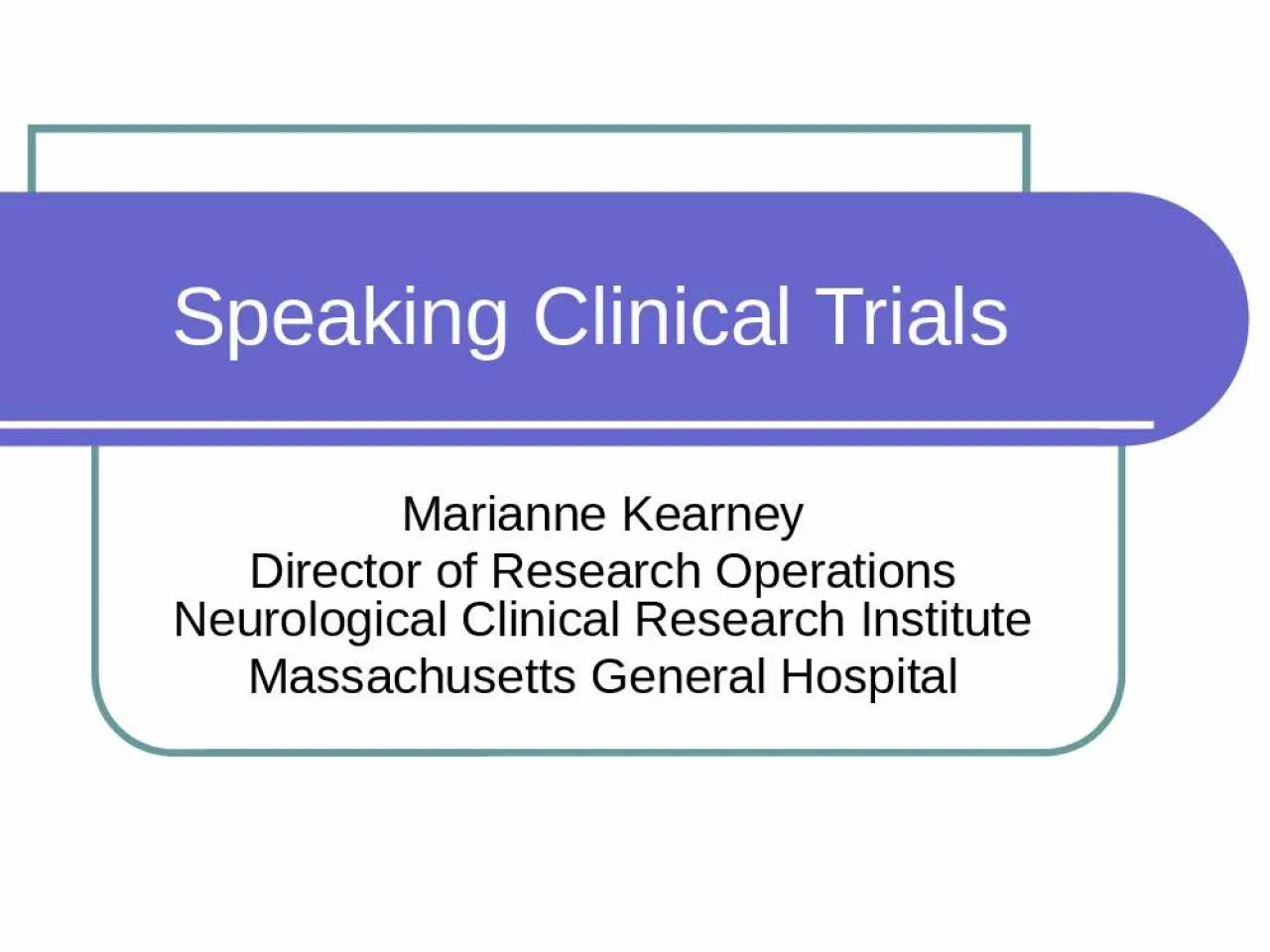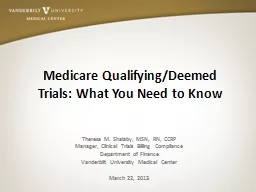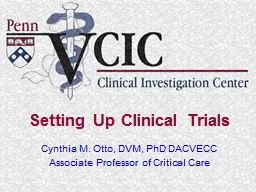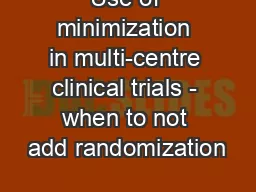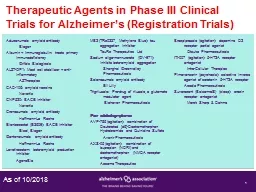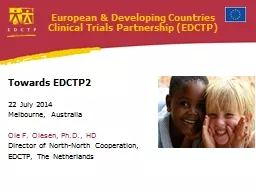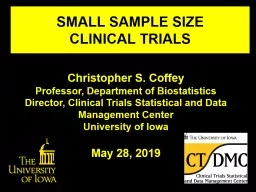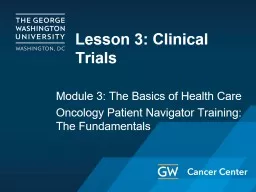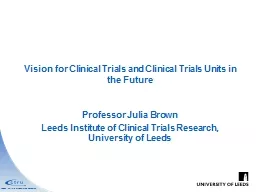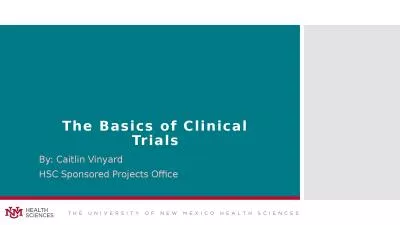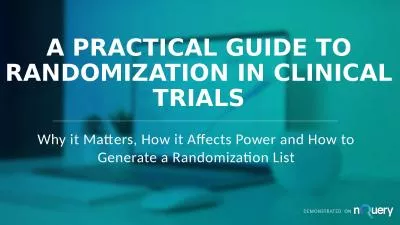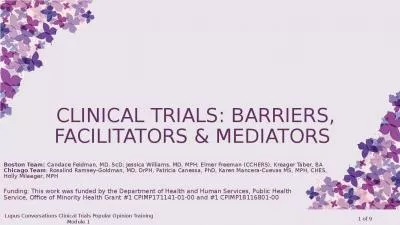PPT-Speaking Clinical Trials
Author : ruby | Published Date : 2022-05-14
Marianne Kearney Director of Research Operations Neurological Clinical Research Institute Massachusetts General Hospital Goals of successful collaboration in multicenter
Presentation Embed Code
Download Presentation
Download Presentation The PPT/PDF document "Speaking Clinical Trials" is the property of its rightful owner. Permission is granted to download and print the materials on this website for personal, non-commercial use only, and to display it on your personal computer provided you do not modify the materials and that you retain all copyright notices contained in the materials. By downloading content from our website, you accept the terms of this agreement.
Speaking Clinical Trials: Transcript
Download Rules Of Document
"Speaking Clinical Trials"The content belongs to its owner. You may download and print it for personal use, without modification, and keep all copyright notices. By downloading, you agree to these terms.
Related Documents

